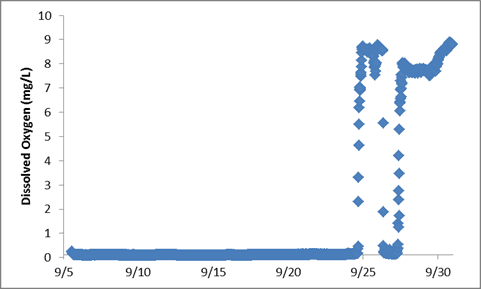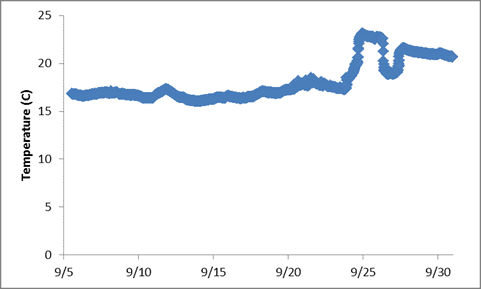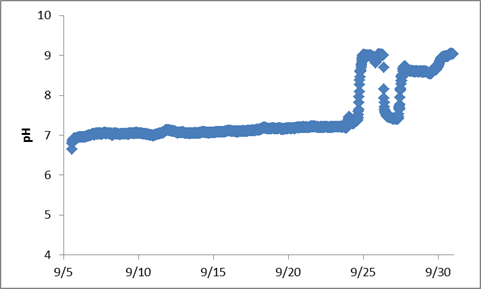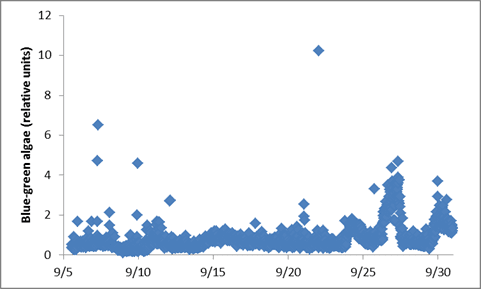Wandering the Stacks and What We Found There
Part 1 of a series that delves into interesting texts found in the Ohio History Connection's Archives & Library
This summer the Maritime Archaeological Survey Team (MAST) mooring for the Morning Star historic shipwreck (Ohio Archaeological Inventory number 33LN295) served as a platform for collecting water quality data. In a collaborative effort, the Ohio State Historic Preservation Office connected Stone Laboratory of The Ohio State University, who have water quality probes (sonde), with MAST, who has a submerged anchor block and the technical capability to install the probe. MAST members deployed the sonde on the Morning Star anchor block Labor Day and recovered it October 1st.
Dr. Justin Chaffin of Stone Lab set up the sonde with the following sensors: water temperature, specific conductivity, dissolved oxygen, turbidity (a water clarity sensor), pH, total algae, and blue-green algae. Data was recorded every 20 minutes. Placing the probe near the bottom of the lake in the central basin was intended to monitor the “dead zone,” which is the cold layer of water near the bottom that is prone to run out of oxygen throughout summer.
Oxygen is measured in mg/L (a.k.a. parts per million or ppm). Fish, in general, need about 6 mg/L oxygen to survive. Zero oxygen water is often called a “dead zone.” Dead zones set up every summer in the central basin of Lake Erie in cool bottom waters. The warm water above the thermocline (the separation between warm upper water and cool bottom water) remains oxygenated.
The results of the experiment produced some interesting data which is provided in graph form below. The sonde measurements confirmed anoxic bottom water (without oxygen) upon deployment. On the evening of September 24th, oxygenated warm surface water was mixed down to the bottom and it remained there for about 24 hours. Then anoxic cold water hit the bottom again for about 12 hours. After that, warm oxygenated water returned to the bottom and remained there until the sonde was retrieved. So deployment of the sonde captured the fall turnover of water in the central basin really well.
This year’s deployment provided some excellent data and served as a valuable test case for additional sensors to be placed at other MAST buoyed shipwrecks sites. By working together, Stone Lab can obtain valuable water quality data in areas to which they otherwise would not have easy access, the Ohio State Historic Preservation Office receives important information on the underwater environment at these historic shipwreck locations, and MAST furthers its mission of documentation, scientific study and education pertaining to underwater archaeological resources.



